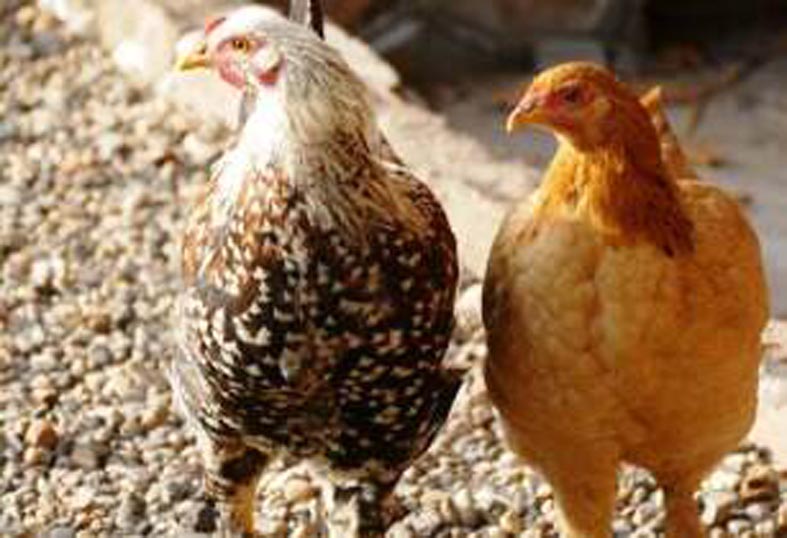Researchers in the USA have developed a vaccine H5N1 and H7N9 strains of avian influenza — rampant in Southeast Asia — using the Newcastle disease virus strain
The strains have led to the culling of millions of commercial chickens and turkeys as well as the death of hundreds of people, which is caused by the H5N2 strain.
The new vaccine development method is expected to help researchers make vaccines for emerging strains of avian influenza more quickly. This could reduce the number and intensity of large-scale outbreaks at poultry farms as well as curb human transmission.
Jürgen Richt, Regents’ professor of veterinary medicine at Kansas State University and director of US Department of Homeland Security’s Center of Excellence for Emerging and Zoonotic Animal Diseases, said, “It also may lead to new influenza vaccines for pigs, and vaccines for sheep and other livestock.
“H5N1 is a zoonotic pathogen, which means that it is transmitted from chickens to humans. So far, H5N1 has infected more than 700 people worldwide and has killed about 60 per cent of them. Unfortunately, it has a pretty high mortality rate.”
Researchers developed a vaccine for H5N1 by combining two viruses. A vaccine strain of the Newcastle disease virus, usually affecting poultry, was cloned and a small section of the H5N1 virus was transplanted into the Newcastle disease virus vaccine, creating a combined virus.
Tests showed that the new combined virus vaccinated chickens against both Newcastle disease virus and H5N1.
Avian flu subtype H7N9, an emerging zoonotic strain that has been circulating in China since 2013, was also tested.
China has reported about 650 cases in humans and Canada has reported two cases in people returning from China. About 230 people have died from H7N9.
“In Southeast Asia there are a lot of markets that sell live birds that people can buy and prepare at home,” Richt added.
“In contrast to the H5N1 virus that kills the majority of chickens in three to five days, chickens infected with the H7N9 virus do not show clinical signs of sickness. That means you could buy a bird that looks perfectly healthy but could be infected. If an infected bird is prepared for consumption, there is a high chance you could get sick, and about one in three infected people die.”
Using the same method for developing the H5N1 vaccine, researchers inserted a small section of the H7N9 virus into the Newcastle disease virus vaccine. Chickens given this vaccine were protected against the Newcastle disease virus and H7N9.
“We believe this Newcastle disease virus concept works very well for poultry because you use only one vector to vaccinate and protect against a selected virus strain of avian influenza.”
Researchers found they were able to protect pigs against an H3 influenza strain by using the Newcastle disease virus to develop a recombinant virus vaccine.








